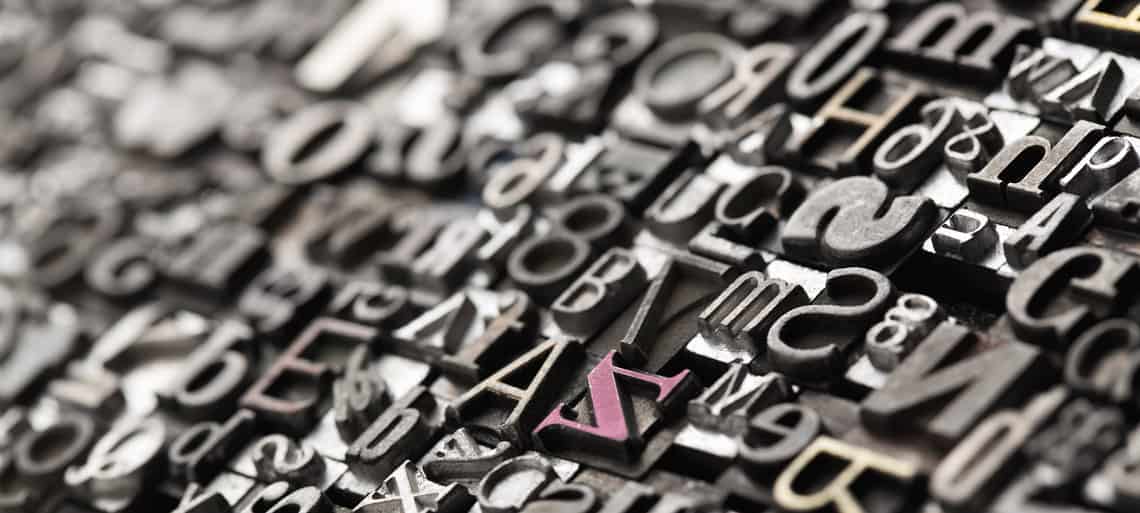What is a canonical tag?
The term canonical tag comes from the English and means canonical link. The canonical tag allows website operators to use content multiple times without being penalized by search engines. The element identifies the original resource.
What does a canonical tag mean for SEO?
Some website operators want to use created content on several pages. To avoid penalties due to duplicate content, the canonical tag is used. This element is therefore very important for SEO. It is the only way to prevent websites from being penalized by Google and disappearing from the index. If a website has been removed from the index, it is almost useless as it is no longer visible.
What does the canonical tag do?
If the canonical tag is added to the HTML code in the head section of a website, only the canonical URL is used as the original source for indexing by the crawlers. This effect prevents duplicate content from being recognized. To prevent incorrect links or other errors, it is advisable to add a canonical tag to each subpage. This way, each website points to itself.
When are canonical tags relevant?
There are some situations in which canonical tags are necessary in principle. This is the case when:
- Content to be used multiple times
- unique website addressing cannot be implemented technically
If, for example, a homepage can be accessed via several URLs, a canonical tag makes sense. This element is also unavoidable if the website content is also to appear on other external websites.
